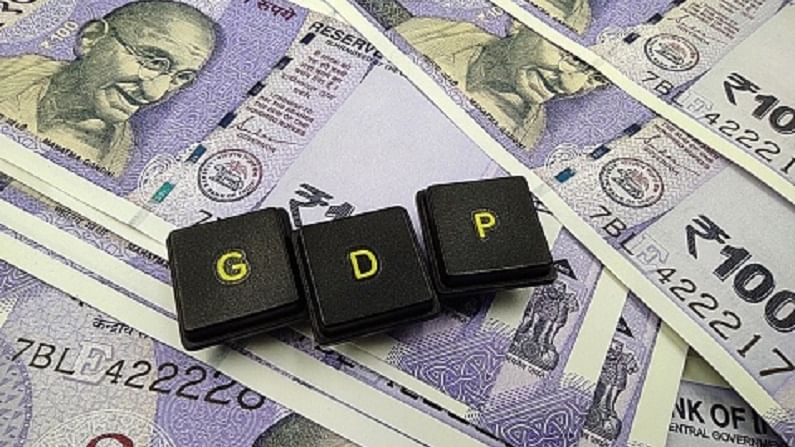Return to pre-pandemic growth level is not enough: SBI chief
Experts have said swift vaccinations can allow the economy to overcome the pandemic woes.

Stressing that pre-pandemic-level business activities are not sufficient, State Bank of India (SBI) chairman Dinesh Kumar Khara has said economic growth needs to be higher to “repair cash flows of many (businesses)”.
There was already a tendency to slow down in pre-pandemic times, and though returning to pre-pandemic levels is positive, it is not good enough, he said in an interview to The Economic Times. “The rate of growth has to be much higher because the cash flows of many (businesses) have to be repaired,” he said.
Covid-19 and the strict lockdowns to prevent the spread of the pandemic had crippled business and economic activities across the country. Subsequently, the economy contracted for the first time in many decades. Business activities since then have picked up after the government’s relaxed lockdown rules.
Thanks to consistent consumer demand, India’s GDP surged 20.1% in the first quarter of this financial year. The stupendous growth rate is, attributed to a low base though (the economy having shrunk by 24.4% in the same period in the previous fiscal).
Indicating a spurt in business activities, the Nomura India Business Resumption Index (NIBRI) rose to a record high of 105.0 for the week ended September 26 from 100.5 in the prior week. The index shows that the economic recovery is above the pre-pandemic level of 100. The index takes into account Apple and Google mobility data, labour force participation, and power demand. The festive season is expected to give a further boost to the economy. Experts have said swift vaccinations can allow the economy to overcome the pandemic woes. Economists have also said that it may take one more year to even come back to pre-pandemic levels.
The Reserve Bank of India (RBI) has lowered the country’s growth projection for the current financial year to 9.5% from 10.5% estimated earlier, while the World Bank has projected India’s economy to grow at 8.3%in 2021.
Noting that government incentives to the manufacturing sector is a boosting factor, Khara said SBI is seeing some investment proposals in iron and steel and people have approached the bank for fresh loans. “People are also looking at expanding brownfield capacity, which means they have a very clear visibility of demand that also augurs well for capacity utilisation.”
Talking about the market value of SBI he said the market is undervaluing SBI. “If you look at our two listed subsidiaries, those are more than Rs 2 lakh crore, and our shares in those subsidiaries are 55% and 70%, respectively,” he pointed out.
Underlining the might of SBI’s distribution network, Khara noted SBI has more than 22,000 branches, 70,000 business correspondents and a similar number of ATMs. “To that extent, the main bank’s value has been grossly underestimated.”
The plans to list its mutual fund and general insurance businesses are “some time away,” Khara said.